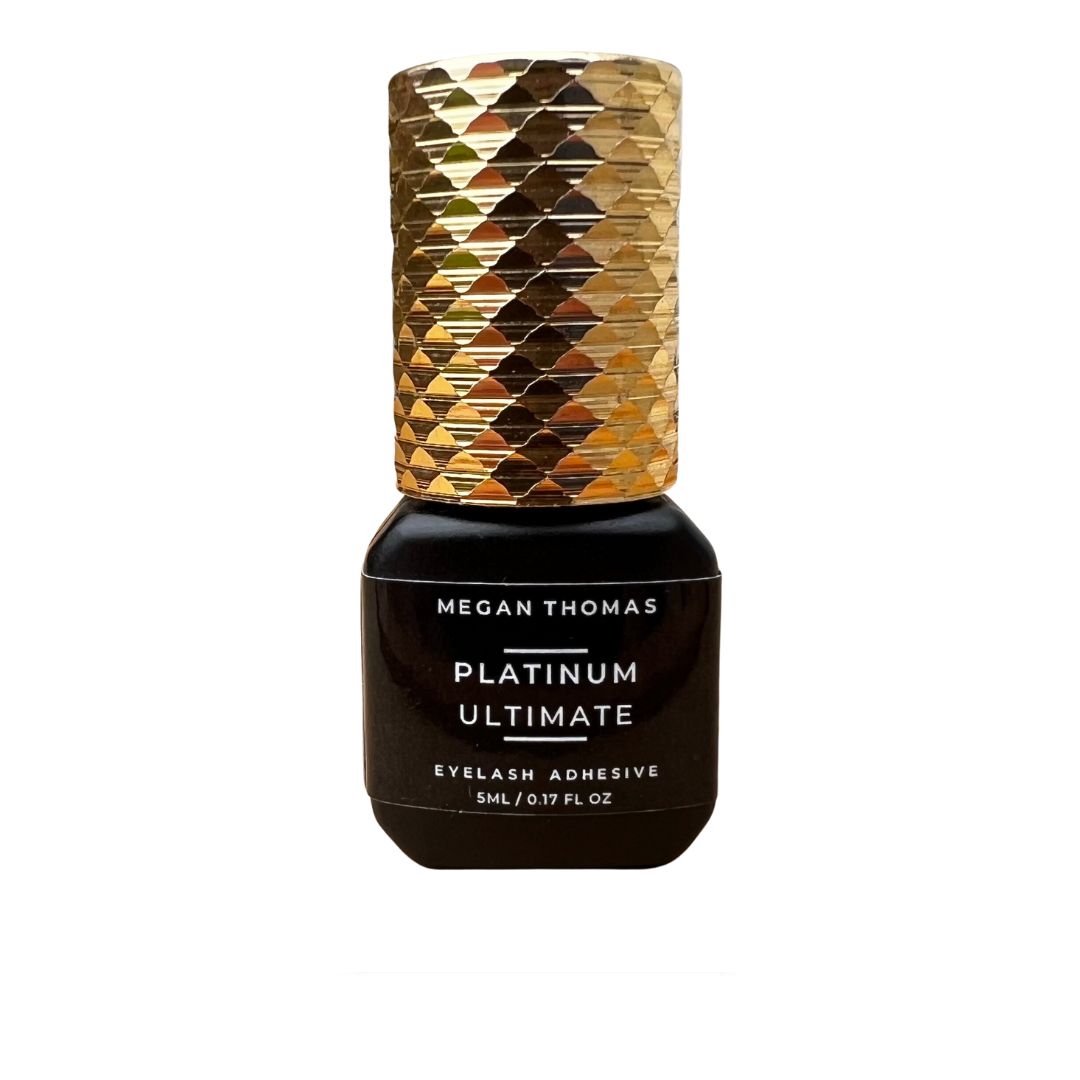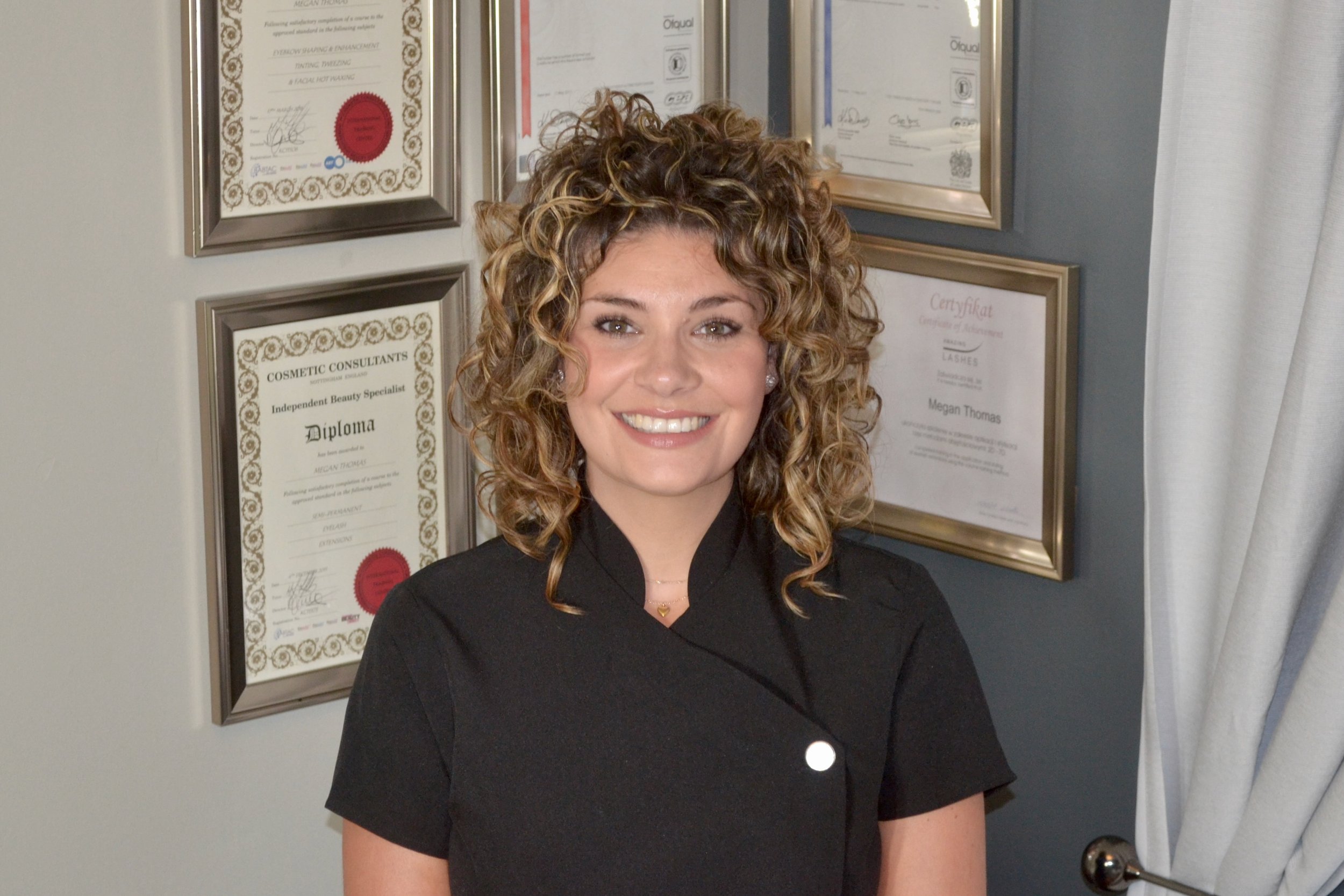Raising Lash Standards. Replacing Bad Practice with Professional Excellence.
Courses
Our expert-led eyelash extension courses cover a range of techniques, including Russian lashes, hybrid lash extensions, classic lashes, lash lift and tint, straight-to-volume, and brow lamination. Each eyelash extension training course provides hands-on experience, ensuring you gain the latest skills and qualifications to excel in the competitive beauty industry.
from £375
Our comprehensive courses cover a range of eyelash techniques, including Russian Volume, Hybrid, Classic, and Straight to Volume. Each course will equip you with the latest skills and knowledge, ensuring you stay ahead in the competitive beauty industry. Offered in Derby, Maidstone, and Nottingham, our courses provide flexible options to suit your schedule.
from £200
Our in-depth Lash Lift and Tint course covers the latest techniques to enhance natural lashes, creating a lifted, darker, and more defined look. Designed to equip you with the skills and knowledge needed to excel in the beauty industry, this course ensures you stay ahead of the competition. Offered in Derby, Maidstone, and Nottingham, our flexible training options fit around your schedule.
Brow Lamination Course - COMING SOON
from
Our expert Brow Lamination course covers the latest techniques to sculpt and define brows, creating a fuller, more polished look. Designed to equip you with the skills and knowledge needed to excel in the beauty industry, this course ensures you stay ahead of the competition. Offered exclusively in Derby, our flexible training options fit around your schedule.
Featured Products
from £18.99
from £10.99
from £19.99
Behind the Lashes – News, Awards & Expert Advice
At Megan Thomas Lash Academy, you’ll benefit from the expertise of Megan Thomas, a seasoned professional in the eyelash industry. Megan’s passion for beauty and commitment to excellence ensures you receive top-notch training and support. Whether you want to enhance your skills or start a new career, Megan’s personalised approach and hands-on guidance will help you achieve your goals.
Enrolling in our courses is a seamless process designed to get you started on your journey with ease. Visit our enrolment page, choose your preferred course and location, and complete the registration form. Our dedicated team is here to assist you every step of the way, ensuring a smooth and hassle-free enrolment experience. Join us today and take the first step towards mastering the art of eyelash extensions.
Follow Megan Thomas Lashes on social
Eyelash Extensions, Lash Lift and Brow Laminations Treatments:
-
Experience the timeless elegance of our Classic Eyelash Treatment. This service enhances natural lashes with a sophisticated look, adding length and subtle volume. Our expert technicians ensure a meticulous application for a flawless finish, perfect for those seeking refined and effortless beauty enhancement. Book your appointment today and discover the allure of beautifully extended lashes that complement your everyday style.
-
Elevate your look with our Russian Volume Lashes, the ultimate choice for those seeking dramatic, full-bodied lashes. This advanced technique involves applying multiple ultra-fine extensions to each natural lash, creating a voluminous, fluffy effect without compromising comfort. Perfect for special occasions or everyday glamour, our expert technicians meticulously craft these lashes to enhance your natural beauty, providing a bold yet sophisticated finish. Book your appointment today and transform your lashes with the luxurious fullness of Russian Volume Lashes.
-
Achieve the perfect balance with our Hybrid Lashes, combining the best of both worlds from Classic and Russian Volume techniques. This style blends individual extensions with light-volume fans, creating a fuller, more textured look while maintaining a natural appearance. Our Hybrid Lashes offer versatility and beauty and are ideal for those seeking added depth and dimension without the full drama of volume lashes. Let our skilled technicians craft a bespoke lash look tailored to enhance your features. Book your appointment today for stunning, multidimensional lashes.
-
Enhance your natural beauty with our Lash Lift and Tint, a treatment designed to lift, curl, and darken your lashes, giving you a wide-eyed, polished look without the need for extensions. This low-maintenance solution provides a stunning, long-lasting curl and rich colour, perfect for those who prefer a more natural aesthetic. Our experienced technicians ensure precise application for beautiful, evenly lifted lashes that open up your eyes. Book your appointment today to experience the effortless elegance of lifted and tinted lashes.
-
Achieve perfectly sculpted brows with our Brow Lamination treatment, designed to enhance the natural shape and create a fuller, more defined look. This advanced technique smooths and sets brow hairs in place, giving them a lifted, uniform appearance that lasts for weeks. Ideal for those looking to tame unruly brows or achieve a sleek, polished finish, our expert technicians meticulously shape and style each brow for a flawless, symmetrical result.
Perfect for both a natural or bold look, Brow Lamination is the ultimate solution for effortless, well-groomed brows. Book your appointment today and discover the beauty of perfectly lifted and styled brows.
Get in touch.
We’re always happy to help! Whether you’re unsure about a course, need product advice, or just want to chat through your options, we’d love to hear from you. There’s no such thing as a silly question – just reach out and we’ll take care of the rest.
















